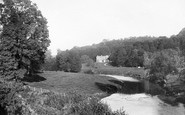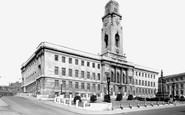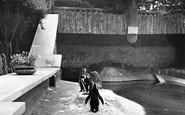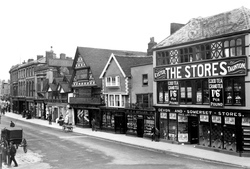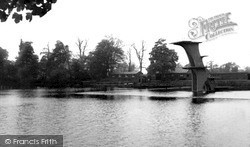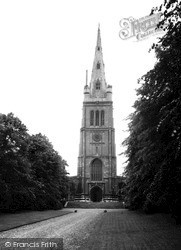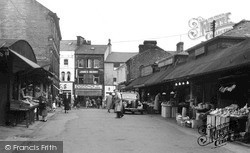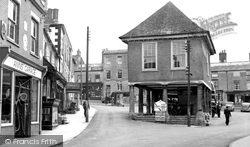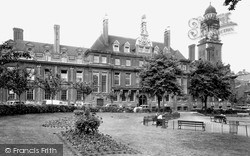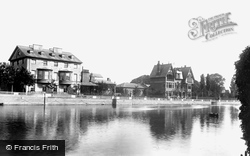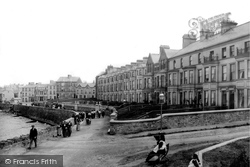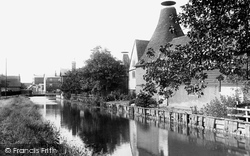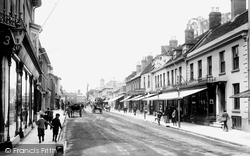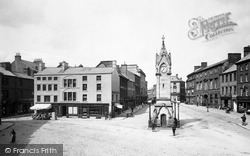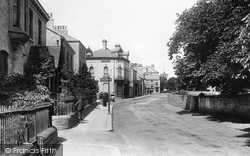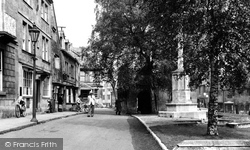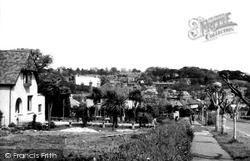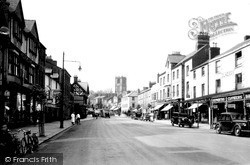Places
26 places found.
Those places high-lighted have photos. All locations may have maps, books and memories.
- Town End, Derbyshire
- Town End, Buckinghamshire
- Town's End, Somerset
- Towns End, Dorset
- Town End, Merseyside
- Town End, Cambridgeshire
- Town's End, Buckinghamshire
- West End Town, Northumberland
- Bolton Town End, Lancashire
- Kearby Town End, Yorkshire
- Town End, Cumbria (near Grange-Over-Sands)
- Town End, Cumbria (near Bowness-On-Windermere)
- Town End, Yorkshire (near Huddersfield)
- Town End, Yorkshire (near Wilberfoss)
- Town End, Cumbria (near Appleby-in-Westmorland)
- Town's End, Dorset (near Melbury Osmond)
- Town's End, Dorset (near Swanage)
- Town End, Cumbria (near Ambleside)
- Town End, Cumbria (near Lakeside)
- Town End, Cumbria (near Kirkby Lonsdale)
- Town End, Cumbria (near Ambleside)
- Town's End, Dorset (near Bere Regis)
- West-end Town, South Glamorgan
- Townend, Derbyshire
- Townend, Strathclyde (near Dumbarton)
- Townend, Staffordshire (near Stone)
Photos
23 photos found. Showing results 1,061 to 23.
Maps
195 maps found.
Books
3 books found. Showing results 1,273 to 3.
Memories
3,719 memories found. Showing results 531 to 540.
4th Us Infantry Division In Tiverton
I live in Tiverton but only recently discovered that our town hosted the US 4th Infantry Division in the later stages of the 2nd World War. I have been helping the veterans of this Division (The Ivy Division) ...Read more
A memory of Tiverton in 1944 by
Ightham Village
My sisters Rita, Susan and me all attended Ightham Primary School, the headmaster was Mr Foster, he travelled every day from Maidstone by car, Mrs Kath Gordon, Miss Tomkins being the other teachers, Mrs Hussey replacing Miss ...Read more
A memory of Ightham by
22 High Street
The building on the left, next to the Town Hall with five windows on the first floor was W H Smith & Sons and my father, Gordon Howard, was the manager. I was born in the flat above the shop in 1955.
A memory of Tenterden in 1955 by
Growing Up In Wombwell
My family and I, the Oughtons, lived at 53, Wombwell Main Row, a community for miners and their families. My dad worked at Darfield Main pit all of his life up until early retirement in the early 1980s. I have kept in touch ...Read more
A memory of Wombwell in 1967 by
Barnsley Town Hall 1955 The Year I Started To Work There.
I was two weeks short of my 16th birthday, when I started work in the motor tax office which was situated in Barnsley Town Hall. Although we were employed by the Borough Treasurer's ...Read more
A memory of Barnsley in 1955 by
Netherthong Public Houses Part 1
This chapter is a work in progress and as it is more than the 1000 words allowed in this memory, I have split it into 2 sections. The current title is : Public House, inn, alehouse, tavern, pothouse, beer ...Read more
A memory of Netherthong by
Wartime Memories Of Hay Part Two
Memories of Hay during the Second World War: Part Two. (Continued from Part One) Thoughts of 'Dad's Army' remind me that the local Home Guard occasionally used Forest Road for some kind of exercise. I've dim ...Read more
A memory of Hay-on-Wye in 1940 by
Wartime Memories Of Hay Part Three Final
Wartime Memories of Hay: Part Three. (Continued) Apart from Ration Books and the coupon implications for restricted purchase of food and clothing, my own recollections of life in Hay during World War ...Read more
A memory of Hay-on-Wye in 1940 by
When My Life Was Innocent And Care Free
I am an American and from 1959 to 1965 my family of seven lived on '9 The Drive', in Wellingborough, Northamptonshire, England. We were there with my father who was a U.S. Airforce Seargent stationed ...Read more
A memory of Wellingborough in 1960 by
Captions
5,054 captions found. Showing results 1,273 to 1,296.
The Royal Engineers warned that dangers remained but town traders eagerly declared the town safe.
Fore Street and the triangular medieval market place are the heart of the town: here we see the south side, behind the Market House's stand of horse-drawn cabs.
From the work-yard of George Dixon, builder and mason, we look down on a surviving Penrith institution, Brunswick Road Junior School.
Looking West to the Diving Board Coate Water was originally constructed in 1821-22 as a reservoir, and was designed to overcome water shortages on the canal system around the town when
The Town Hall was designed by C Cowles-Voysey, and building was completed in 1939.
These were erected in memory of the Roughton family, who served the town as doctors continuously from 1738 until 1933. The avenue leads to the superb west tower of Saints Peter and Paul church.
From 1833 to 1971 this old market site near the parish church served the town well with fresh produce from across Yorkshire.
The Town Gate, rebuilt many times over the life of the town, has had many uses; at one time tolls were collected here for all manner of goods and livestock.
The Old Town Hall, in the Market Square, was built as a market hall in the late 17th century. A magistrate's court was held on the first floor, and the ground floor was used as a lock-up.
The early 19th century saw Leicester in an appalling sanitary condition, until piped water came to the town in the mid 1850s, along with its first sewers.
The pediment on the left is that of the main west elevation facing the town: the graceful columned portico can be glimpsed through the trees.
Acclaim meant numbers, and somehow the town was taking in enough visitors each summer to double the winter population.
By 1940, only 6 out of the 17 maltings in the town were in operation. Barley and fuel for the furnaces were brought to Stortford by water, and latterly by rail.
Coal mining had been a major industry regionally since the 16th century; the coal had traditionally been transported by packhorse into neighbouring Cheshire and to Liverpool.
At the time of the Domesday Book there were already 21 houses in Christchurch, and 24 canons attached to the priory church.
This historic, red, sandstone market town suffered at the hands of the Scottish raiders down the centuries—its castle is now little more than a ruin. It nestles under the wooded slopes of the Beacon.
The word Spa was added to the town's name in 1840 when the Penny Post began.
Thanks to restoration work by the Campden Trust, this honey-hued stone town has some of the finest buildings in the county.
A new town was laid out between 1810 and 1830, with the Parade as its main street.
The bypass on the south side of town was opened in 1926; it was much needed to relieve the narrow streets of both local china clay and through traffic.
This is a splendid county town; we see awnings shooting over the shop fronts and a number of cars dotting the kerbs. Bicycles propped up against the curbs predate modern bike racks.
Although the bridge which spanned the entrance to Marlowes was dirty and shabby, over 500 people watched it being demolished at midnight on 6 July 1960.
Although the bridge which spanned the entrance to Marlowes was dirty and shabby, over 500 people watched it being demolished at midnight on 6 July 1960.
Boston, Botolph's Town, was laid out along the banks of the River Witham some time around 1100, within the parish of nearby Skirbeck, and rapidly became a great port, although it only received its first
Places (26)
Photos (23)
Memories (3719)
Books (3)
Maps (195)

